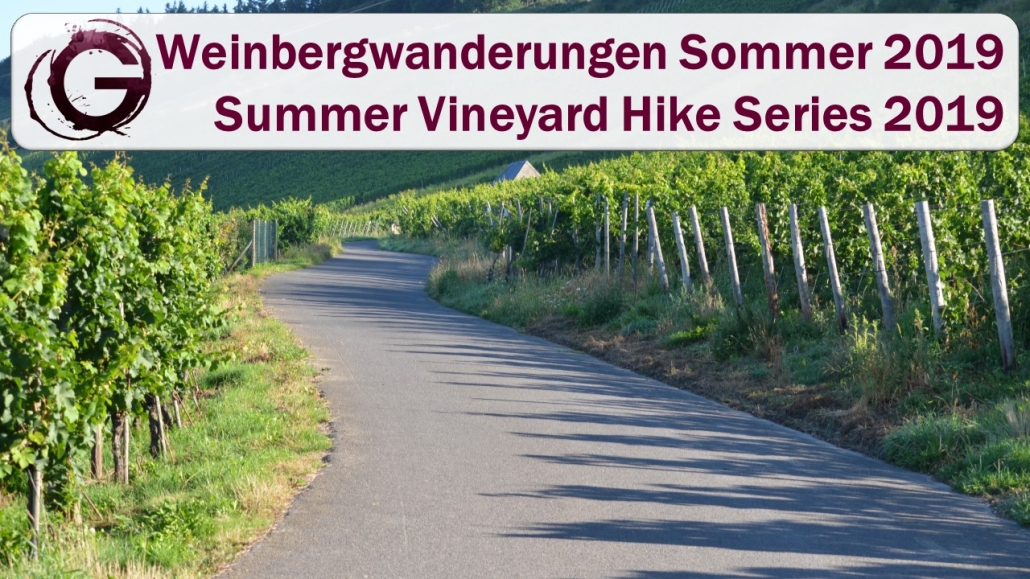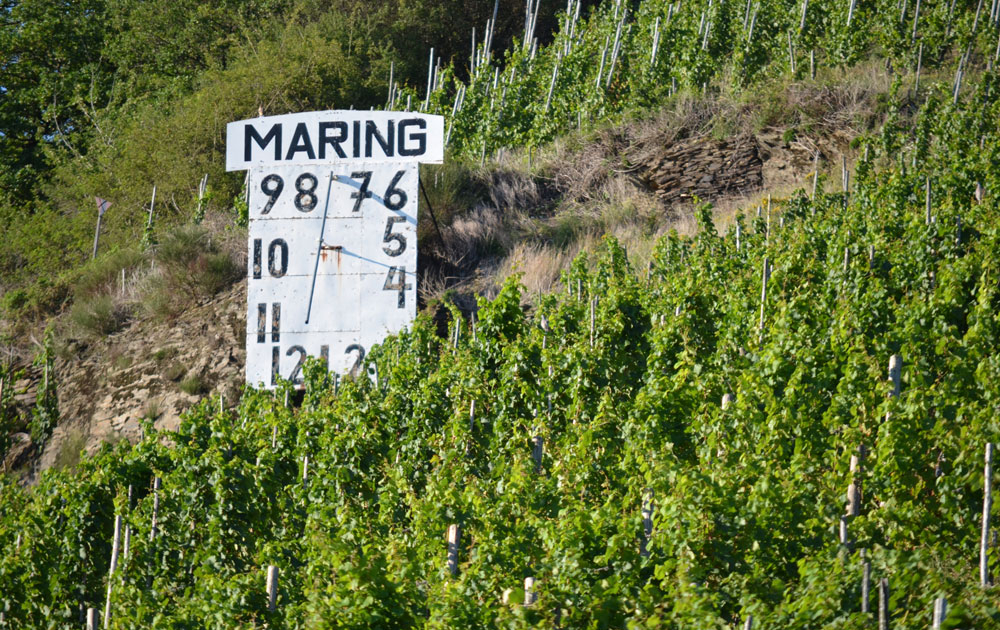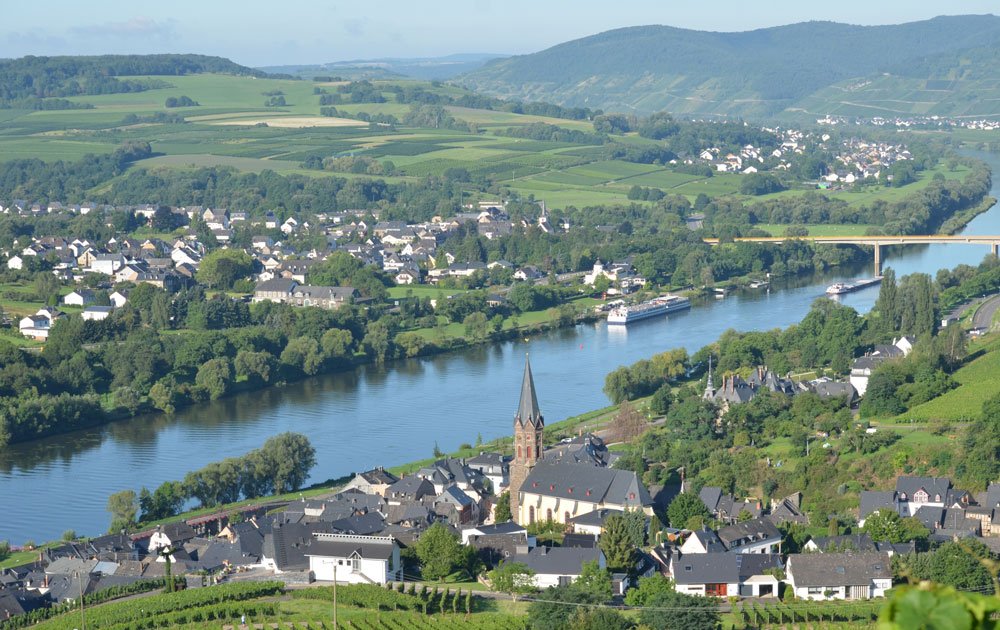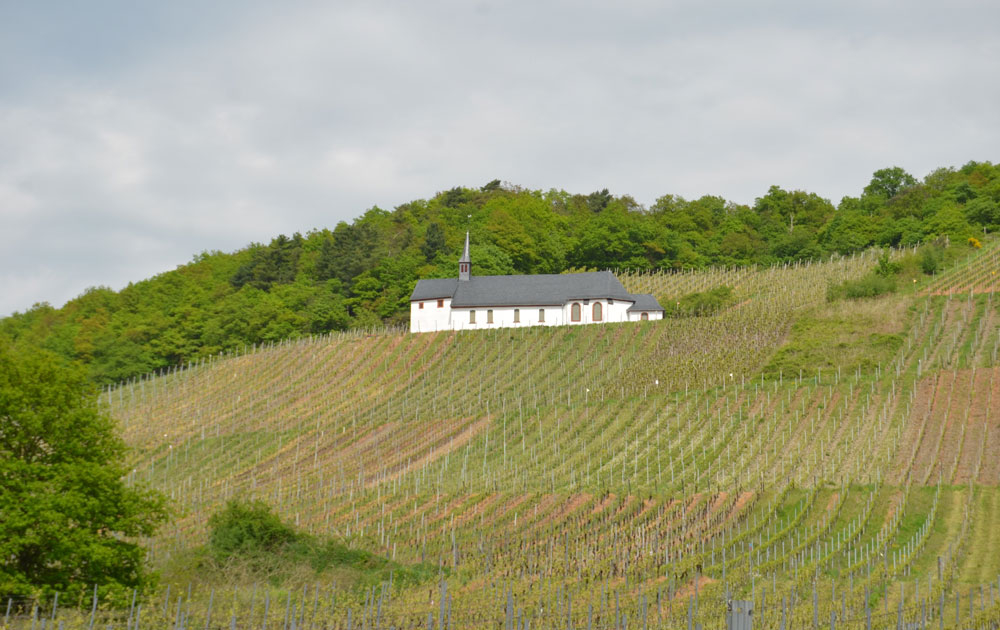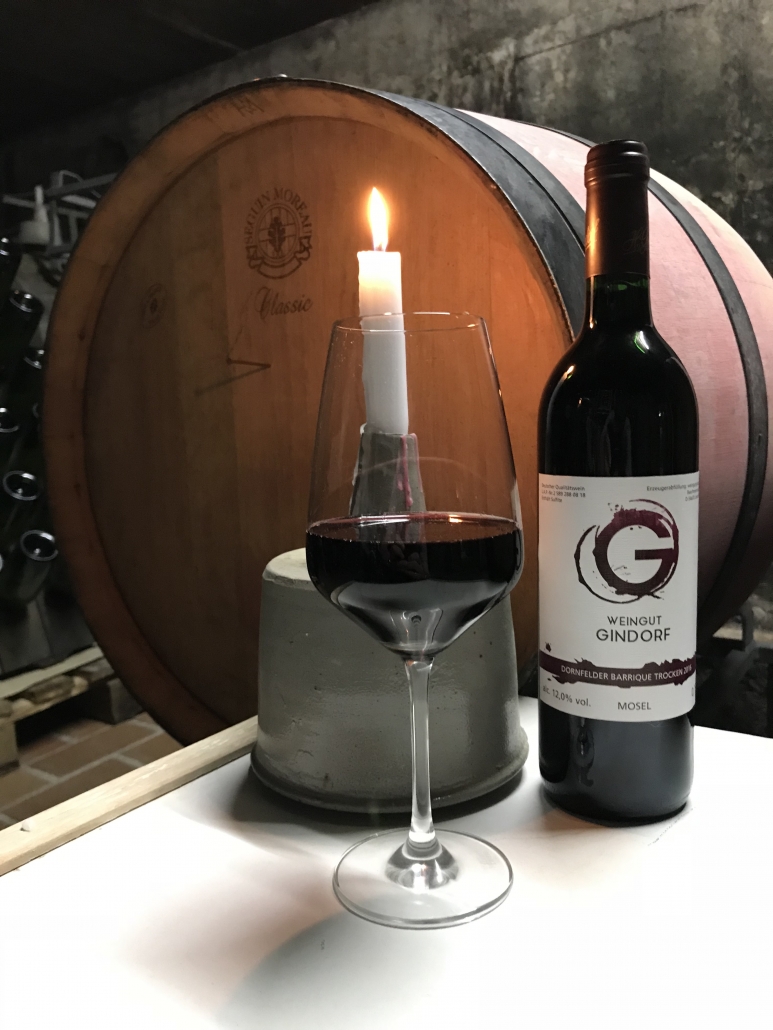Perfect Pairings: German Cuisine Meets Riesling and Pinot Noir
Introduction The art of pairing wine with food is a tradition that elevates simple nourishment to a cultural experience, especially when it comes to the rich tapestry of German gastronomy. In this culinary realm, the nuanced flavors of Riesling and the understated elegance of Pinot Noir find their counterparts in dishes that range from the rustic to the refined. This guide will take you on a journey through the principles of pairing, celebrating the diversity of German cuisine and the wines that bring out the best in each bite.
Understanding the Basics of Wine Pairing To master the art of pairing, one must understand the interplay between the weight of the food and the body of the wine, the way spices can be tamed by sweetness, and how the tannins in red wine can soften in the presence of protein. A well-paired wine acts almost as a seasoning, enhancing flavors in the food that might otherwise go unnoticed. The goal is harmony and balance, where neither the wine nor the food overpowers the other, but instead, they work in concert to elevate the dining experience.
Riesling: Germany’s White Wine Gem Riesling is a chameleon of a grape, capable of producing an astonishing variety of wine styles. In Germany, it finds its highest expression, ranging from the steely, apple-crisp trocken (dry) wines to the honeyed richness of a Beerenauslese. The key to Riesling’s pairing prowess lies in its razor-sharp acidity and its pure, often intense fruit flavors, which can range from lime and green apple to apricot and peach, depending on the ripeness level of the grapes at harvest.
Pinot Noir: The Red Wine for All Seasons Pinot Noir, though not as widely associated with Germany as Riesling, has found a congenial home in regions like Baden and the Pfalz. This grape produces wines that are at once delicate and complex, with a lighter body and lower tannins than many other reds. Its flavor profile includes red berries, cherries, and an earthy note that can range from truffles to fallen leaves, making it a surprisingly flexible partner for a wide range of foods.
Pairing Riesling with German Dishes A dry Riesling’s acidity is a perfect foil for the breaded and fried delights of a Wiener Schnitzel, cutting through the dish’s richness. The slight sweetness of an off-dry Riesling can complement the subtle heat of a currywurst, creating a delightful contrast. And when it comes to dessert, a sweet Riesling, with its notes of stone fruit and honey, pairs beautifully with the apple and cinnamon flavors of an apfelstrudel, echoing and enhancing the dessert’s sweetness and spice.
Pinot Noir and German Cuisine Pinot Noir’s versatility shines when paired with the hearty, often meat-centric dishes of German cuisine. Its affinity for mushrooms makes it an ideal companion for Jägerschnitzel, while its subtle fruitiness can provide a counterpoint to the smoky flavors of a traditional Bratwurst. The wine’s elegance also makes it suitable for pairing with a range of German cheeses, from the pungent Limburger to the creamy Cambozola.
Regional Pairings Germany’s culinary landscape is as varied as its wine regions. In the north, the lighter-bodied Rieslings pair well with the seafood dishes of the coastal areas, while in the south, the fuller-bodied versions stand up to the richer fare, such as Schweinshaxe (pork knuckle). Similarly, Pinot Noir can range from light and fruity to more structured and complex, making it a versatile choice for everything from a simple Flammkuchen to a lavish Rinderroulade.
Tips for Successful Pairings The key to successful wine pairing is experimentation and personal preference. Start with classic pairings and then venture out, considering the occasion and your guests. Remember that the best pairing is one that brings you pleasure and complements the dining experience.
Conclusion The journey through the flavors of German cuisine paired with the country’s exquisite Riesling and Pinot Noir is an adventure of taste and tradition. It’s an invitation to explore beyond the expected, to find joy in the harmony of a well-chosen wine with a lovingly prepared meal. So raise a glass and toast to the perfect pairing, which, like the best culinary experiences, is as much about the company and the moment as it is about the flavors on the plate and in the glass.

